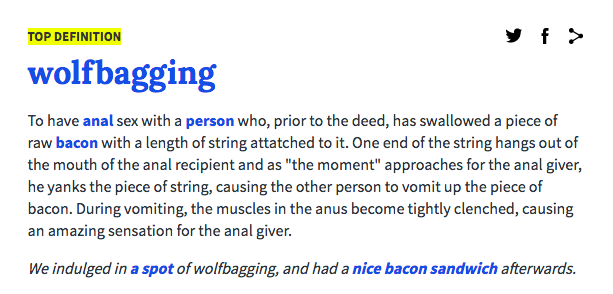
I unpacked this story in detail in my 2011 book American Nations: A History of the Eleven Rival Regional Cultures of North America, and you can read a summary here. Similar colonization movements link Maine and Minnesota, Charleston and Houston, Pennsylvania Dutch Country and central Iowa. Places you might not think have much in common, southwestern Pennsylvania and the Texas Hill Country, for instance, are actually at the beginning and end of well documented settlement streams in their case, one dominated by generations of Scots-Irish and lowland Scots settlers moving to the early 18 th century Pennsylvania frontier and later down the Great Wagon Road to settle the upland parts of Virginia, the Carolinas, Georgia, and Tennessee, and then into the Ozarks, North and central Texas, and southern Oklahoma.

Some states lie entirely or almost entirely within one of these regional cultures, others are split between them, propelling constant and profound disagreements on politics and policy alike in places like Pennsylvania, Ohio, Illinois, California and Oregon. In the process they laid down the institutions, symbols, cultural norms and ideas about freedom, honor and violence that later arrivals would encounter and, by and large, assimilate into. in mutually exclusive settlement bands before significant third party in-migration picked up steam in the 1840s. They settled much of the eastern half and southwestern third of what is now the U.S.

They were rivals and sometimes enemies, with even the British ones lining up on opposite sides of conflicts like the English Civil War in the 1640s. Those colonial projects - Puritan-controlled New England, the Dutch-settled area around what is now New York City the Quaker-founded Delaware Valley the Scots-Irish-led upland backcountry of the Appalachians the West Indies-style slave society in the Deep South the Spanish project in the southwest and so on - had different ethnographic, religious, economic and ideological characteristics. has strong regional differences is because our swath of the North American continent was settled by rival colonial projects that had very little in common, often despised one another and spread without regard for today’s state boundaries. Census divisions, which arbitrarily divide the country into a Northeast, Midwest, South and West using often meaningless state boundaries and a willful ignorance of history. To do so you need to more accurately delineate America’s regional cultures. Once you understand how the country was colonized - and by whom - a number of insights into the problem are revealed. The geography of gun violence - and public and elite ideas about how it should be addressed - is the result of differences at once regional, cultural and historical. The reasons for these disparities go beyond modern policy differences and extend back to events that predate not only the American party system but the advent of shotguns, revolvers, ammunition cartridges, breach-loaded rifles and the American republic itself. Someone living in the most rural counties of South Carolina is more than three times as likely to be killed by gunshot than someone living in the equally rural counties of New York’s Adirondacks or the impoverished rural counties facing Mexico across the lower reaches of the Rio Grande. If you grew up in the coal mining region of eastern Pennsylvania your chance of dying of a gunshot is about half that if you grew up in the coalfields of West Virginia, three hundred miles to the southwest.


 0 kommentar(er)
0 kommentar(er)
